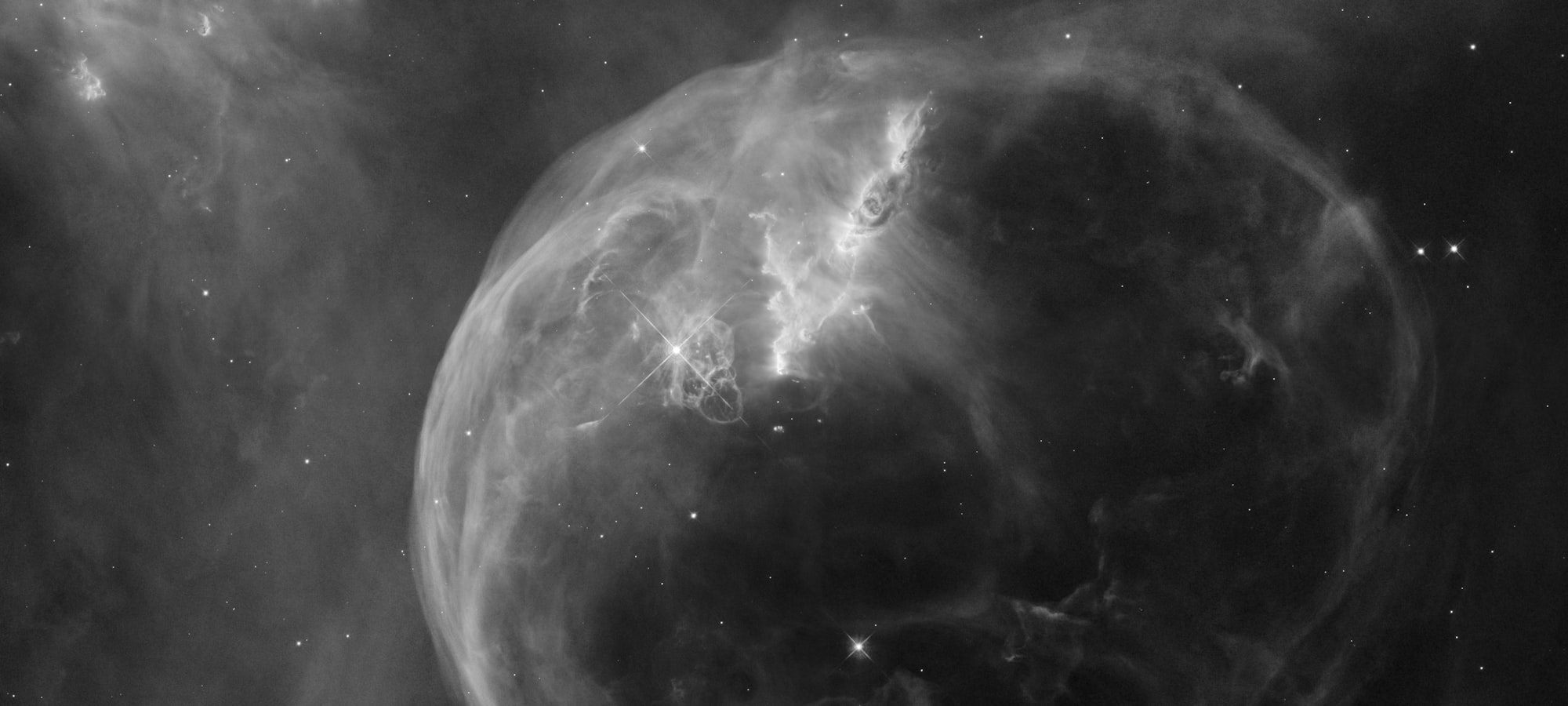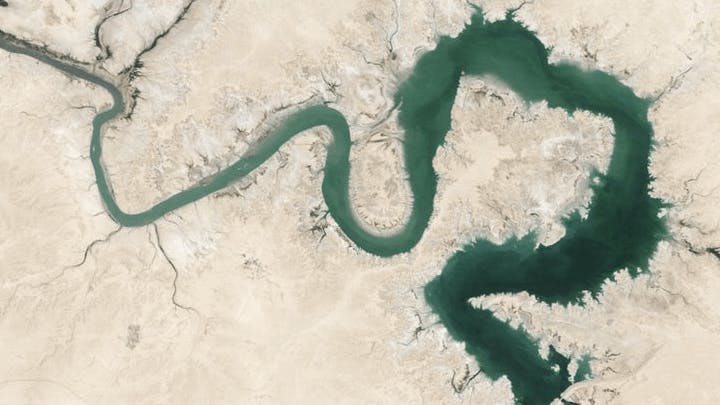
Opening up peer review for all to see...
Peer review is the fundamental pillar of the scientific method and academic self-regulation, maintaining quality standards and credibility of your research data. We just believe that peer review should be in the open.
Open Peer Review Our policy for open peer review
For us, an open approach to conducting research includes taking an openly collaborative approach to the peer review process. Although the system by which research papers and grant applications are vetted is often described as the gold standard of academia, it has garnered mixed reviews from academics at its sharp end.
One of the many challenges facing the academic community with respect to open data and open access to research, is the peer review process. The basic premise of the peer review process is to ensure integrity of research and to provide much needed interrogation of ideas, theories and conclusions. However, it can also become subject to a black hole of bias and professional rivalry, leading to unfair and unreasonable rejections. An editor might have turned it down summarily without review. A referee might have demanded a futile and time consuming extra analysis. Or a rival might have sat on a manuscript for months, consigning it to limbo under the cloak of anonymity.
Here at asencis, we believe in removing this cloak of anonimity - allowing researchers to request reviews, as well as allowing their reviewers comments to be publicaly available and attributable. Peer review underpins the academic publication process, but in recent years has been much criticised. We believe that by providing open peer review of datasets through publicly posted dataset interpretations is the solution. This is what we are refering to as "Open Peer Review".
It is therefore out policy to ensure that all interpretations provided on asencis are open and attributable to a researcher, via their ORCID. Interpretations are made instantly public. With this transparency, we truly believe open data and the open publishing of data can be made much more robust, as well as provided a much needed facet of openness to the peer review process. A sign of how things can be done.

We can't just have open data publishing - we need to connect the dots for the people it will benefit, whilst supporting the researchers with the tools they need to help humanity. That's the commitment we are making, helping to expand the iniatives of the open data collective.
Open peer review with dataset interpretations
For us, open data means more than just the data being made public. Fundamentally, we believe that peer review must not be anonymous. As well as provide good data interoperability, we’ve provided researchers with the ability for researchers to add public interpretations alongside any dataset on our platform (not just their own).
We believe the key to asencis is to bring datasets to the attention of other researchers, the public, the press and other interested readers, and to frame these advances in an appropriate scientific, clinical, cultural or historical context. Taking into account the opinions of experts who may be closer to the actual topic of the submitted work.
This approach to **public** dataset interpretations will provide the critical means by which we can safeguard the integrity of the datasets submitted to asencis. Peer review can call attention to details within datasets as seemingly minor as misplaced units or, to those as grave as data fabrication. Careful peer reviewers can improve data integrity in countless ways.
Are you ready to publish your scientific data?
Mint your data with a doi.org indexed Digital Object identifier whilst making your data globally accessible and open with structured data support*, a browsable API and accompanying meta data.
*(JSON linked data Google Scholar verified)
N.B. The above datasets are purely for demonstrative purposes only.

